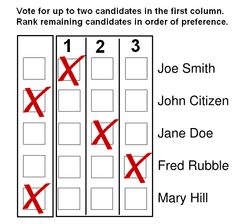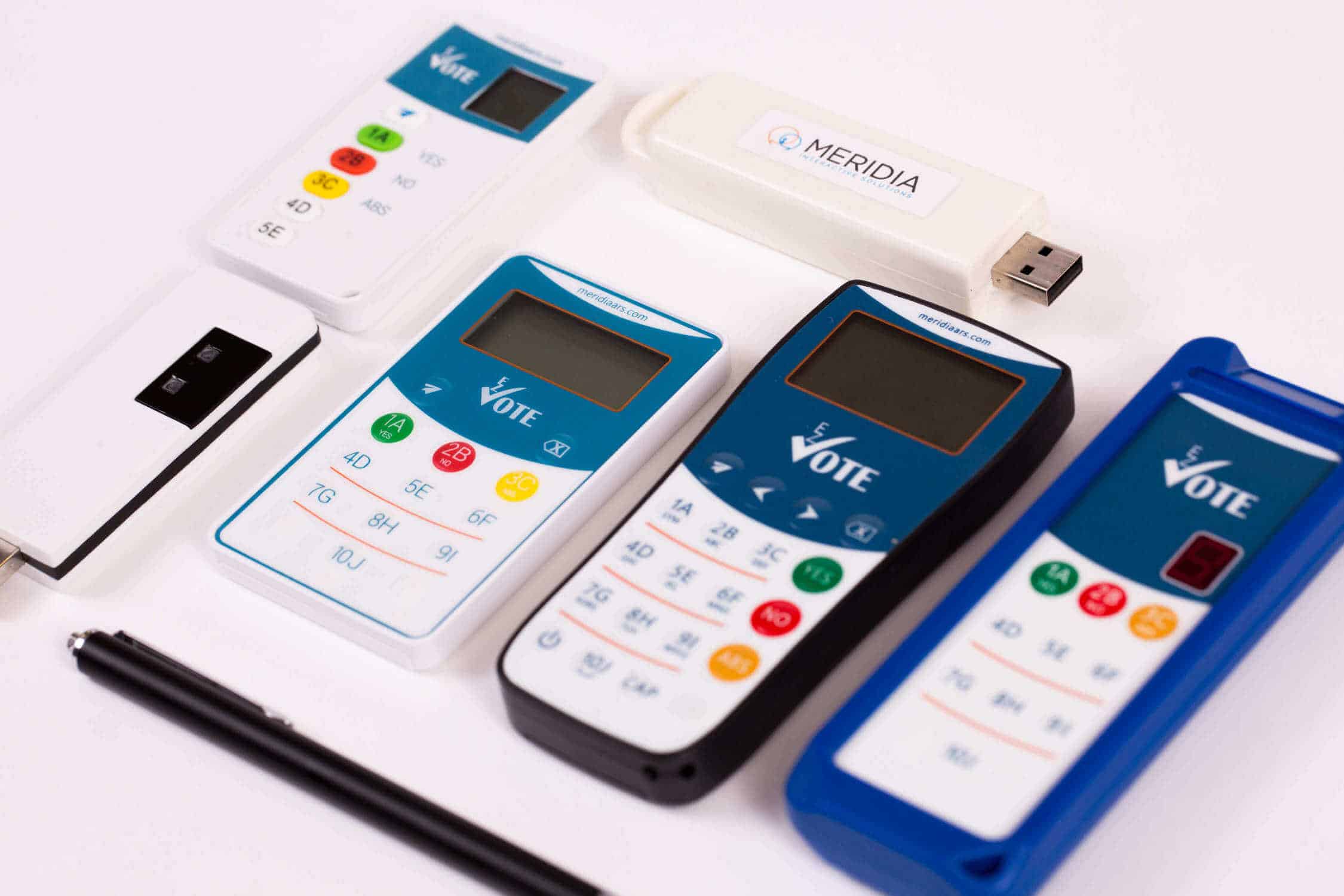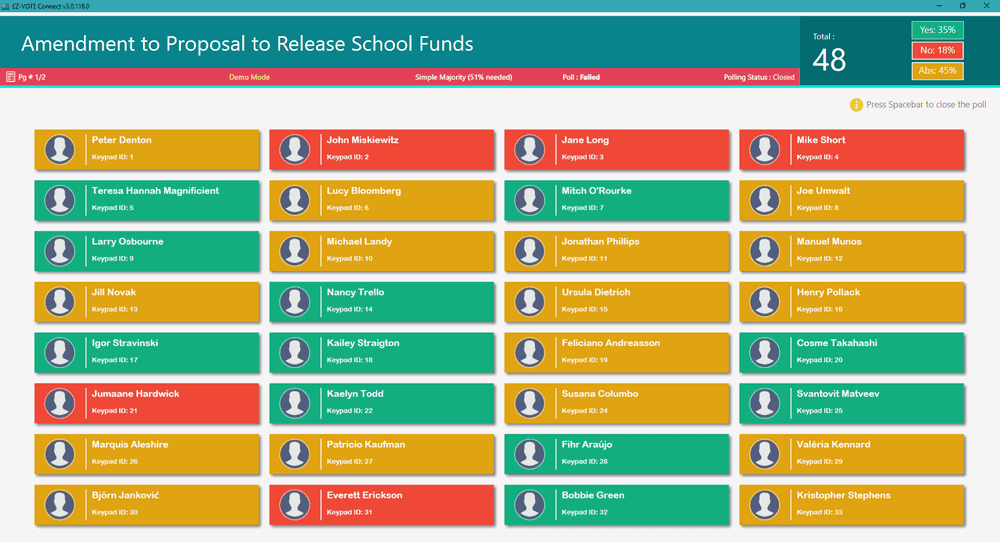Block Voting Lets Voters Pick from a Pool
Think about the last time you participated in an off-year election for your state or local municipality (let’s hope it was the last time one was held).
What is Block Voting
You might remember seeing – among the usual ballot choices of one candidate out of several party contenders in the primaries, or one candidate for each party in a general election – that there were other questions that asked you to pick several individuals from a larger pool of candidates.
In the United States, we usually see these as part of elections for local or state seats, or if we’re called to vote for non-governmental offices for groups like labor unions. These are example of what are called block votes, a majoritarian voting system that allows for the election of multiple representatives from a larger pool of candidates.

How To Use Block Voting
In such cases, votes are offered a pool of, for example, five candidates, and are asked to choose a number of those candidates based on the number of seats that are open – let’s say three. When the votes are tallied, the three candidates with the most votes are elected to the open spots.
Another place Americans are likely to see block voting is in corporate elections to name members of a board of directors. The same process – with a larger pool of nominees to fill a smaller number of seats – is utilized.
Problems With Block Voting
One downfall of this system is that a single party or group of voters can easily dominate an election, ensuring that all those seated are representative of their viewpoint.
In any election – whether governmental or corporate – it’s crucial to have accurate tallies of votes and record keeping transparency, both of which are provided by electronic voting software like TownVOTE.


